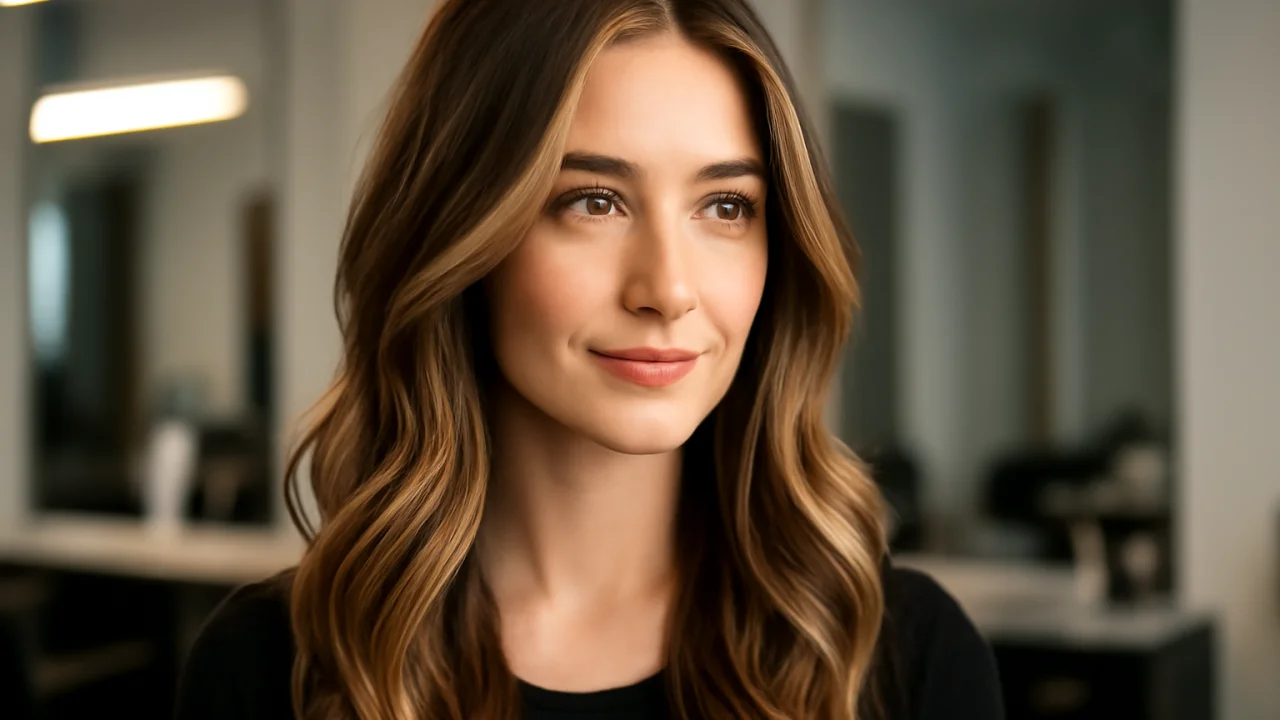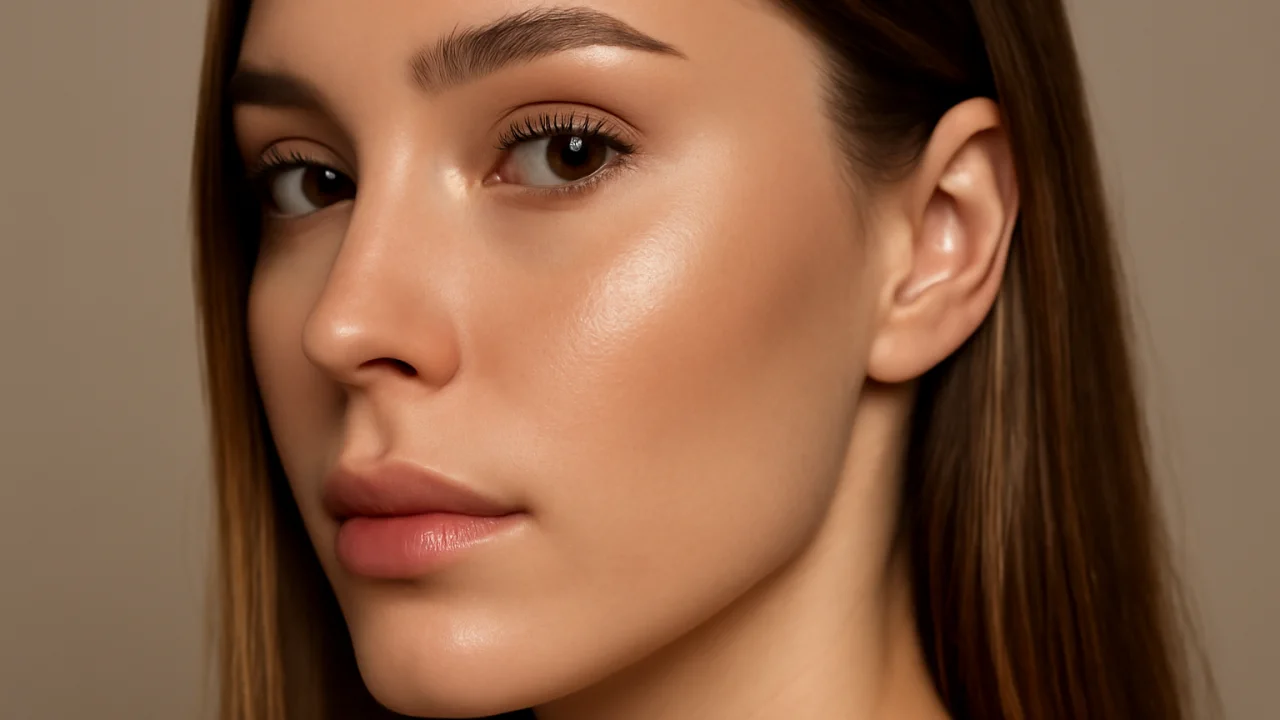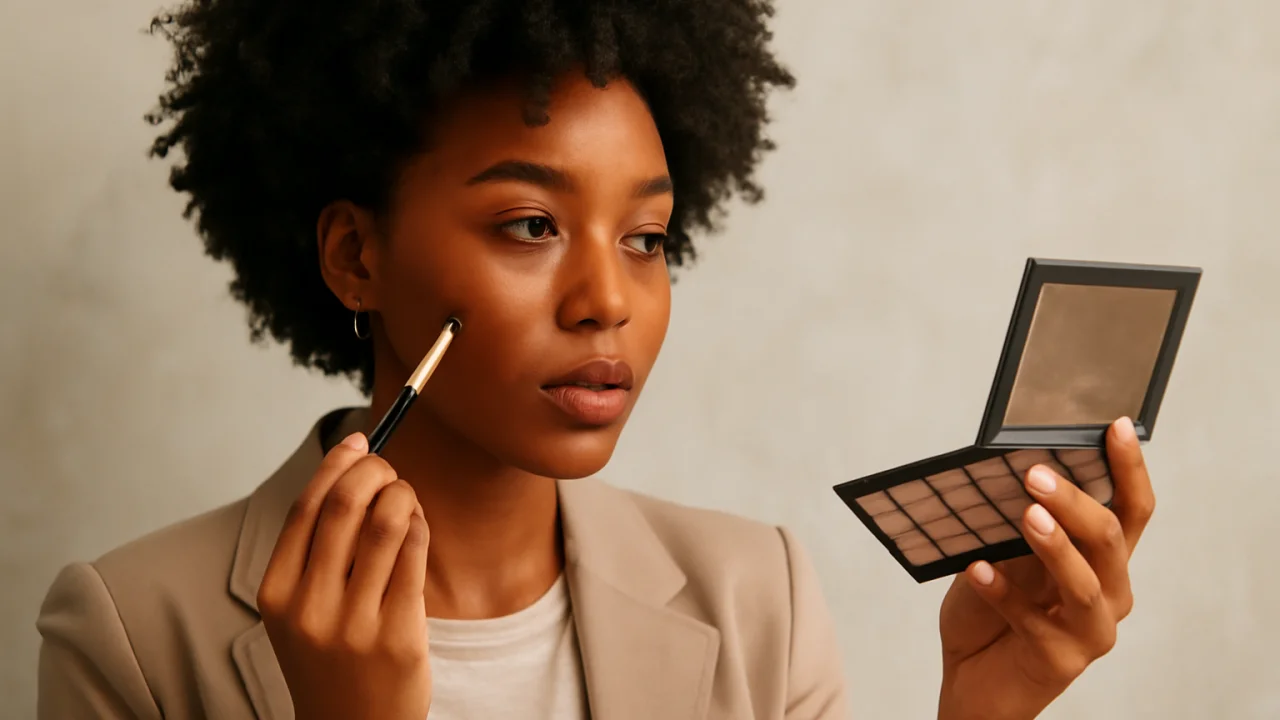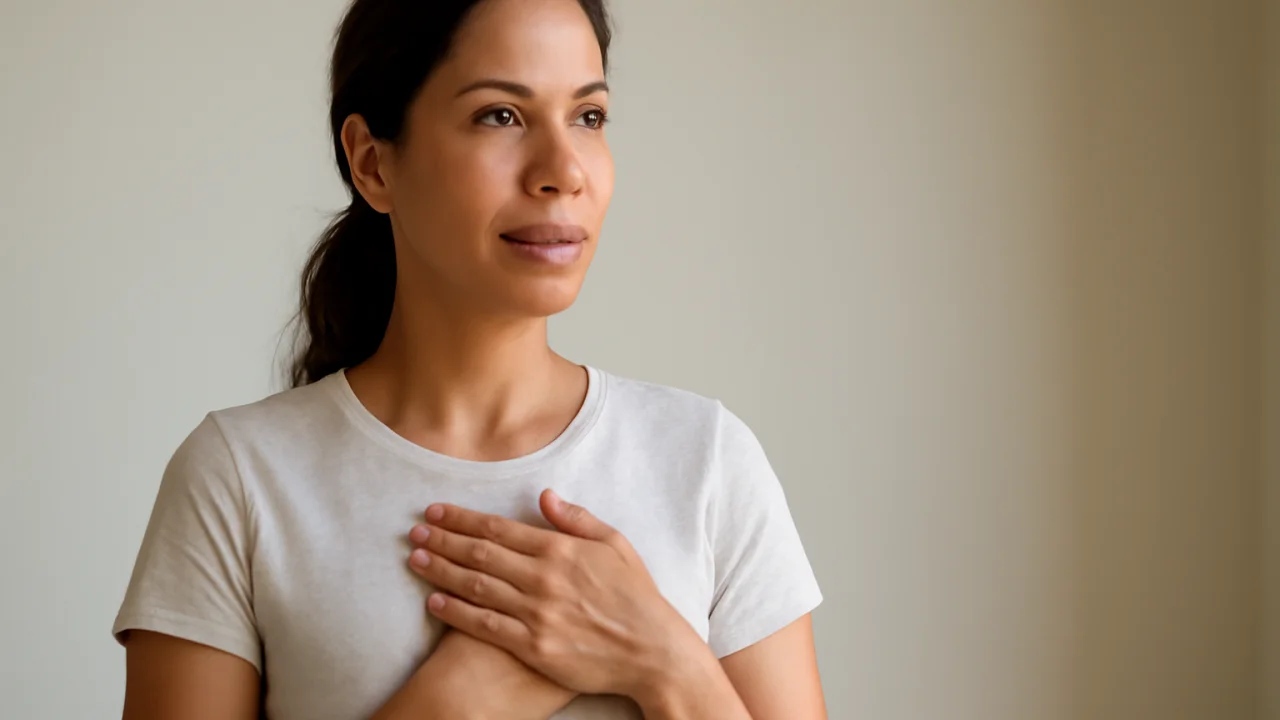
Ultimate Guide to Hair Highlights: Techniques, Trends, and Maintenance Tips
📑 Contents
Ultimate Guide to Hair Highlights: Techniques, Trends, and Maintenance Tips
Hair highlights have become a staple in the world of beauty and fashion, offering a way to add dimension, depth, and personality to any hairstyle. Whether you’re looking to brighten your look with subtle sun-kissed strands or make a bold statement with contrasting colors, highlights can dramatically transform your appearance. In this comprehensive guide, we’ll explore the different types of highlights, current trends, application techniques, aftercare tips, and more, ensuring you have all the information needed to achieve and maintain your dream hair.
What Are Hair Highlights?

Hair highlights involve lightening specific sections or strands of hair to create contrast and depth against your natural or base hair color. The technique can be tailored to suit all hair types, lengths, and colors, making it a versatile choice for anyone wanting to refresh their look. Highlights can range from subtle, barely-there streaks to bold, chunky sections, depending on the desired outcome.
Benefits of Highlights
- Enhance Dimension: Adds movement and texture to flat or monochromatic hair.
- Brighten Complexion: Strategic placement can complement your skin tone.
- Low Commitment: Regrowth is less obvious compared to full-color treatments.
- Customization: Highlights can be tailored to your personal style and hair goals.
Popular Highlighting Techniques

There are several highlighting techniques, each offering a unique effect. The choice depends on your desired look, hair type, and maintenance preference. Here’s an overview of the most popular methods:
| Technique | Description | Best For | Maintenance |
|---|---|---|---|
| Foil Highlights | Sections of hair are wrapped in foil after applying lightener for precise, uniform results. | Defined, high-contrast highlights | Every 6–8 weeks |
| Balayage | Hand-painted highlights for a natural, sun-kissed effect with softer regrowth lines. | Natural, low-maintenance looks | Every 10–12 weeks |
| Babylights | Very fine, subtle highlights mimicking children’s naturally lightened hair. | Subtle enhancement, fine hair | Every 8–12 weeks |
| Ombre | Gradual blending from darker roots to lighter ends, with a dramatic color transition. | Bold, statement styles | Every 12+ weeks |
| Chunky Highlights | Thicker, more noticeable sections for a bold, retro-inspired look. | Edgy, high-contrast styles | Every 6–8 weeks |
Current Highlight Trends

Highlighting trends shift with the seasons and popular culture. Here are some of the most sought-after styles in 2024:
Face-Framing Highlights
This technique focuses lighter strands around the face, brightening your features and adding instant dimension. It’s a great option for those wanting a quick, impactful change without a full head of highlights.
Money Piece Highlights
Money piece highlights are bold, chunky streaks at the front hairline, often paired with more subtle highlights throughout. This high-contrast look is trending on social media and red carpets alike.
Reverse Balayage
Instead of lightening, reverse balayage involves adding darker tones to previously highlighted hair, creating depth and a more natural blend as highlights grow out.
Pastel and Fantasy Highlights
From rose gold to lavender and teal, pastel highlights are a fun way to experiment with color. These are often applied over pre-lightened hair for maximum vibrancy.
Choosing the Right Highlights for Your Hair Type
Not all highlights are created equal—your hair’s texture, color, and health play a significant role in determining the best technique and shade. Here’s how to choose wisely:
For Fine Hair
Opt for babylights or balayage, as subtle highlights add movement without overwhelming thin strands. Avoid chunky highlights, which can make hair appear sparse.
For Curly or Textured Hair
Hand-painted techniques like balayage or painted highlights work well, as they follow the hair’s natural movement. Consider caramel or honey tones to enhance curls.
For Dark Hair
Warm caramel, toffee, or auburn highlights add richness and dimension without excessive bleaching. Foil highlights may be required for more dramatic contrast.
For Light Hair
Ash blonde, platinum, or golden highlights can create a multi-tonal effect. Babylights are especially flattering on naturally light bases.
How Highlights Are Applied: The Process Explained
Understanding the highlighting process can help you communicate your goals to your stylist and set realistic expectations. Here’s a step-by-step breakdown:
- Consultation: Discuss your desired look, maintenance level, and hair history with your colorist.
- Sectioning: Hair is divided into sections to ensure even application.
- Application: Lightener or color is applied using foils, painting, or cap methods, depending on the technique.
- Processing: The product is left on for a specific time to reach the desired level of lift.
- Rinsing & Toning: Hair is rinsed and, if needed, a toner is applied to adjust undertones.
- Styling: Hair is dried and styled to reveal the finished look.
Maintaining Your Highlights
Proper aftercare is essential to keeping highlights looking vibrant and healthy. Here’s how to make your color last:
Use Color-Safe Products
Choose shampoos and conditioners formulated for color-treated hair. Purple shampoos can help neutralize brassiness in blonde highlights.
Limit Heat Styling
Frequent use of hot tools can fade color and cause dryness. Use a heat protectant and opt for air-drying when possible.
Protect from Sun and Chlorine
UV rays and chlorinated water can strip color. Wear a hat outdoors and rinse hair before and after swimming.
Regular Touch-Ups
Book touch-ups as recommended for your chosen technique (see table above). Balayage and ombre styles require less frequent maintenance than traditional foils.
Deep Conditioning Treatments
Weekly masks or treatments help restore moisture and prevent breakage, keeping highlighted hair shiny and strong.
Risks and Considerations
While highlights offer beautiful results, it’s important to consider potential risks and take steps to minimize damage:
- Overprocessing: Frequent lightening can weaken hair. Space out appointments and consult a professional.
- Allergic Reactions: Always request a patch test if you’re trying a new product.
- Color Fading: Use sulfate-free products and avoid excessive washing to preserve vibrancy.
- Uneven Results: DIY highlighting kits can lead to patchy or brassy color—professional application is recommended.
FAQs About Hair Highlights
1. How long do hair highlights typically last?
The longevity of highlights depends on the technique and your hair growth rate. Balayage and ombre can last up to 12 weeks or longer, while foil highlights may need touch-ups every 6–8 weeks.
2. Can I highlight my hair at home?
While at-home kits are available, professional application is recommended for best results, especially for complex techniques like balayage or on dark hair. Mistakes can be difficult and costly to correct.
3. Are highlights damaging to hair?
Any chemical lightening can cause some damage, but following a proper aftercare routine and spacing out treatments can minimize risk. Deep conditioning and heat protection are essential.
4. What’s the difference between highlights and lowlights?
Highlights lighten sections of hair, while lowlights add darker tones for depth and contrast. Combining both can create a rich, multi-dimensional look.
5. Will highlights work on gray hair?
Yes! Highlights can blend and soften the appearance of gray hair, making regrowth less noticeable and adding a youthful, natural effect.











